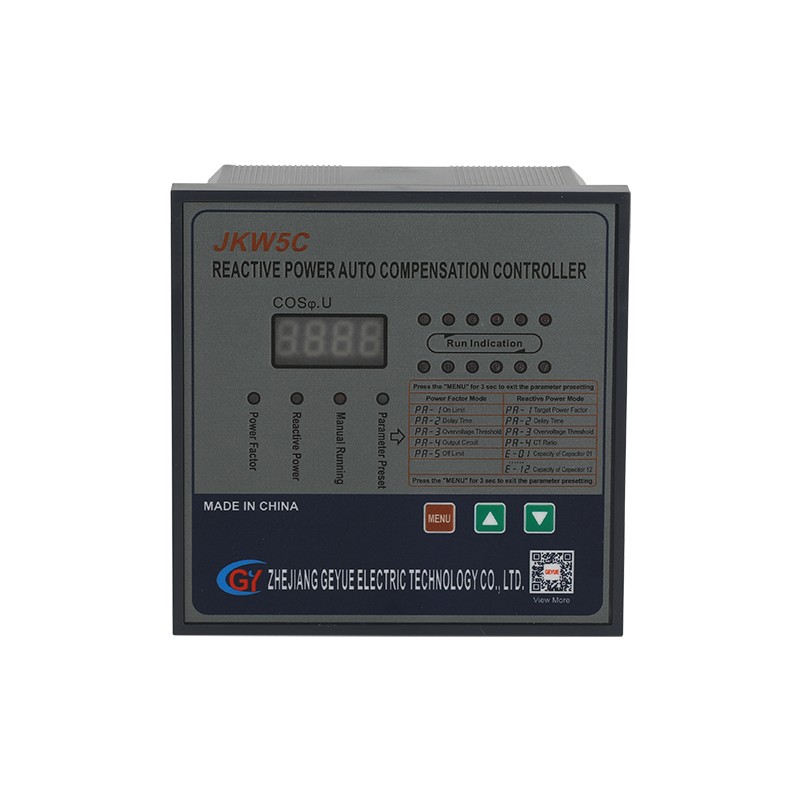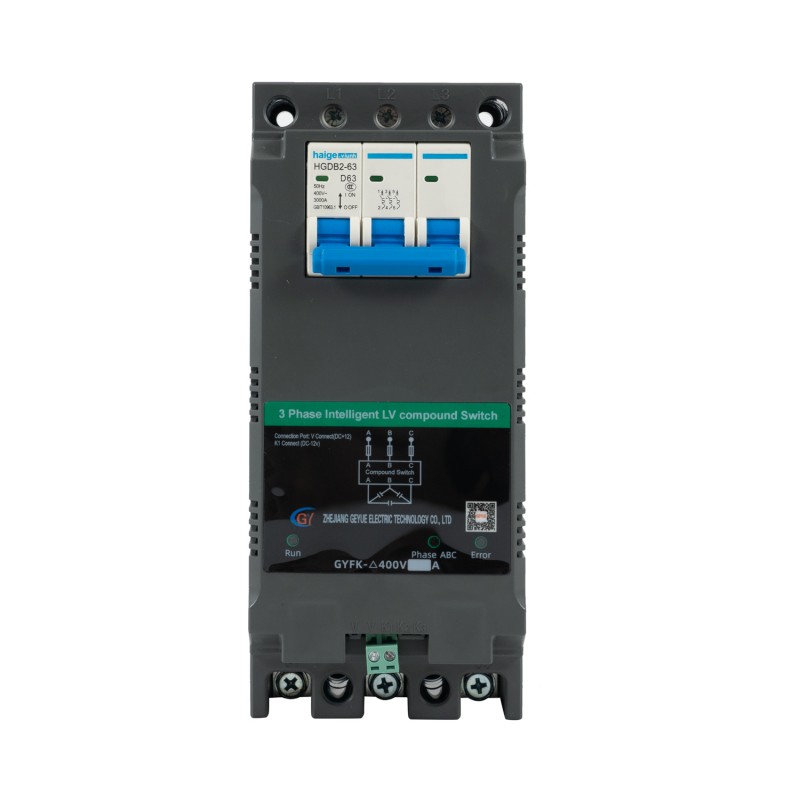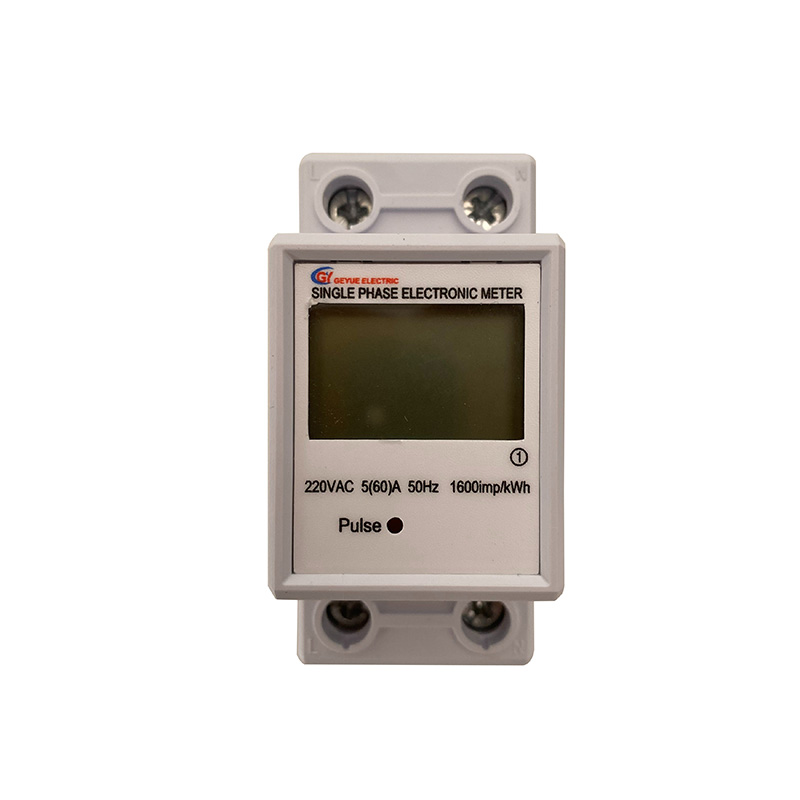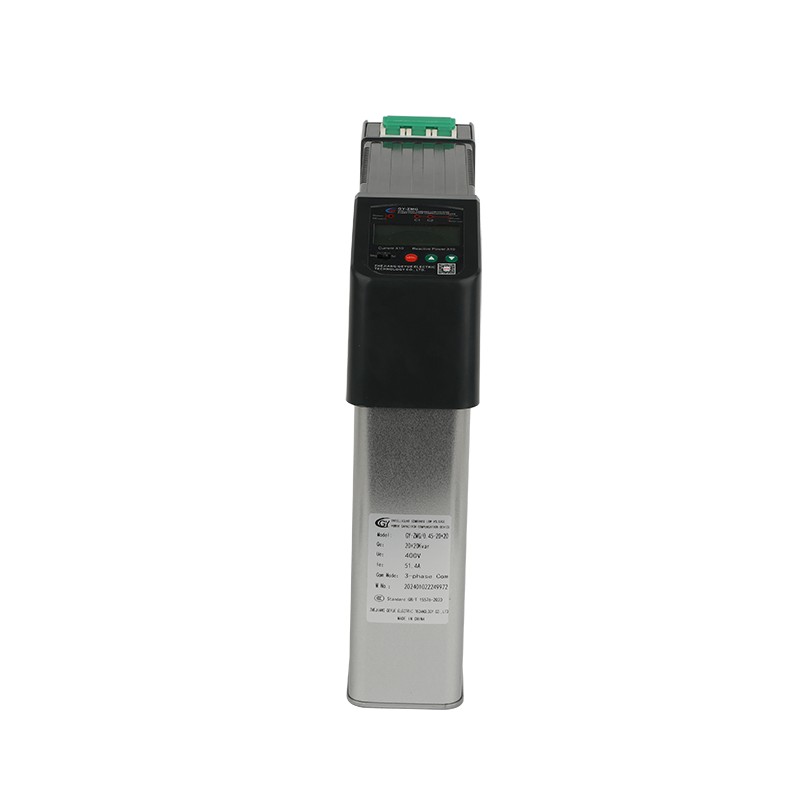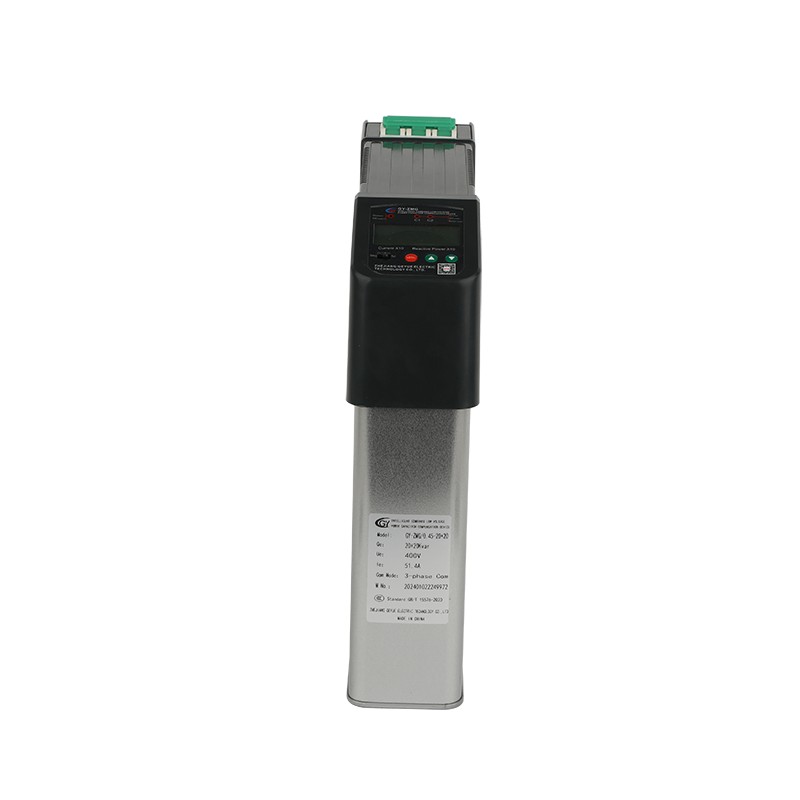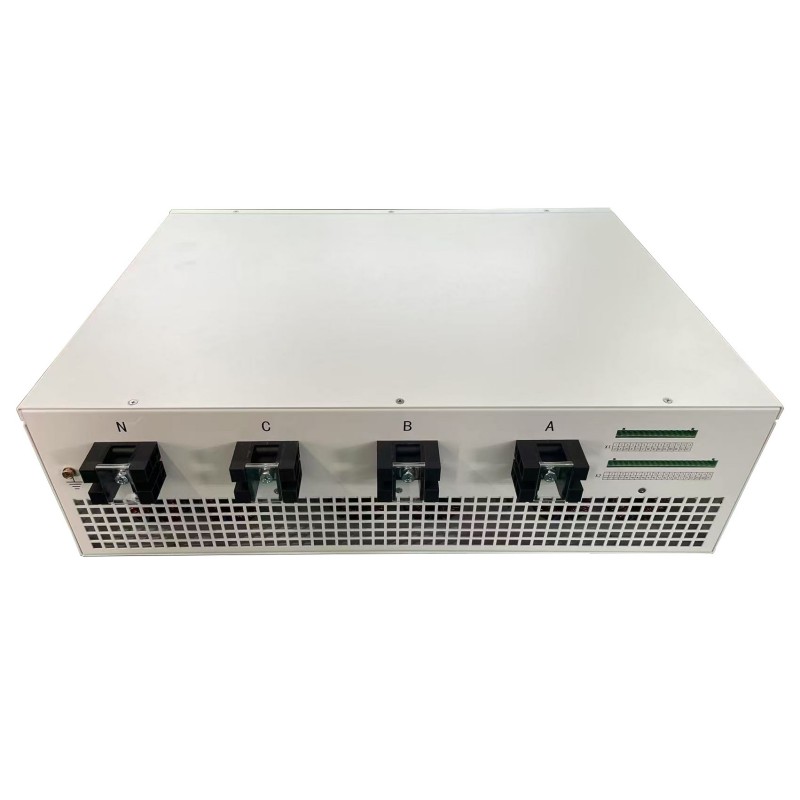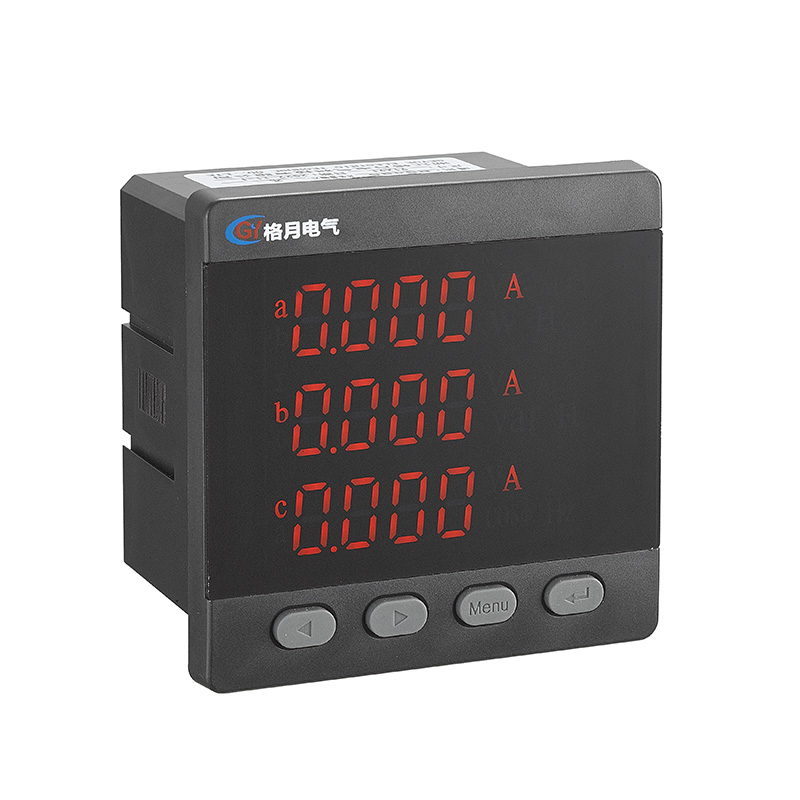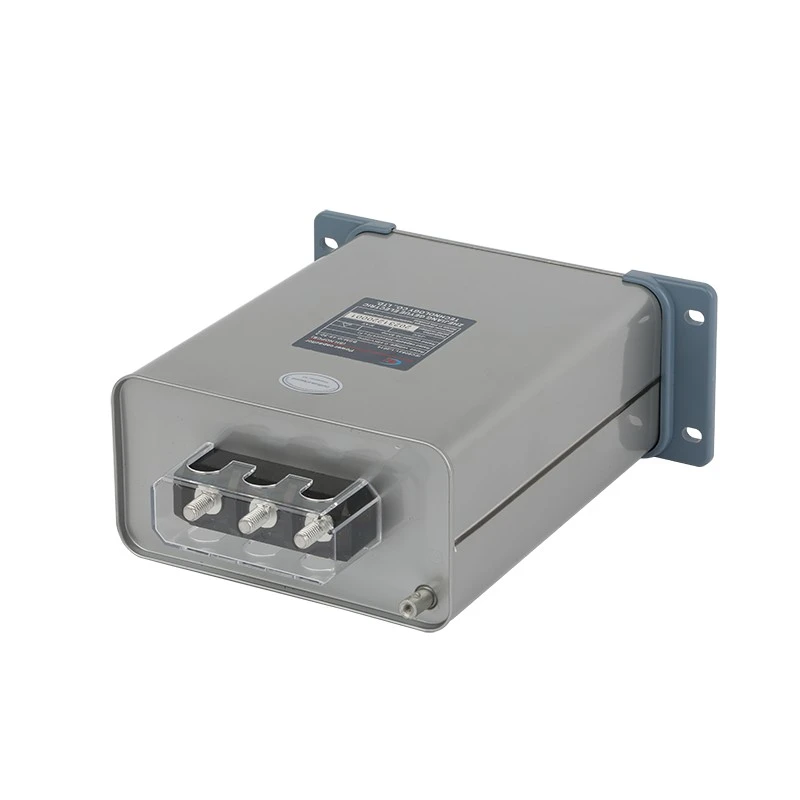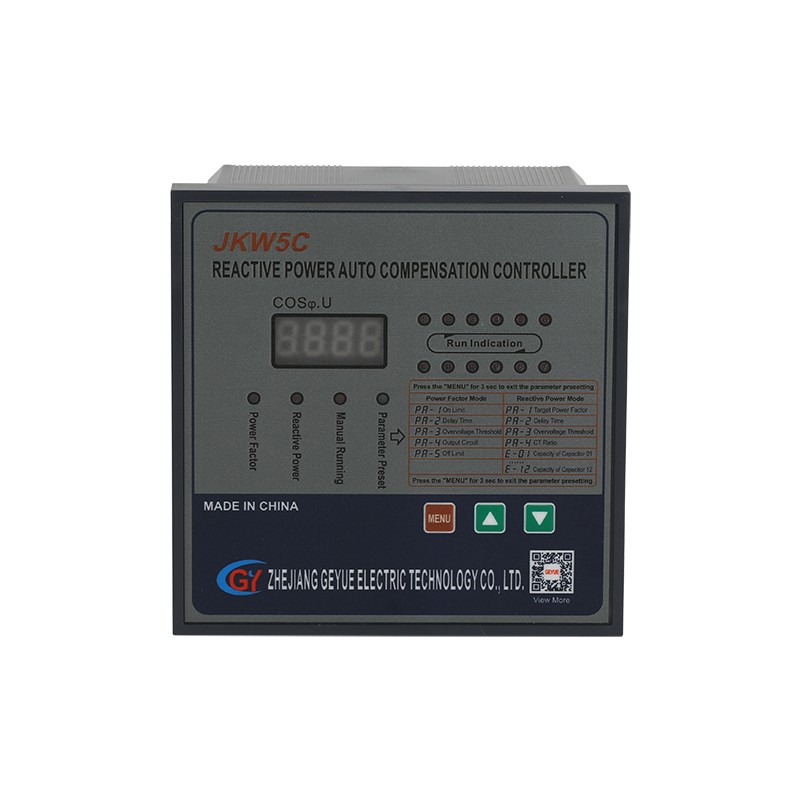What Are the Best Practices for Storing Spare Self-Healing Shunt Capacitors Before They Are Put into Service?
In the operation and management of modern industrial power systems, having an adequate supply of self-healing shunt capacitors as emergency spare parts is an important guarantee for maintaining the continuous operation of the low-voltage reactive power compensation system. Undoubtedly, during the storage period, the internal medium and metallized films of these spare self-healing shunt capacitors are still undergoing irreversible chemical changes over time. Therefore, an unreasonable storage environment will significantly shorten the actual effective lifespan of the spare self-healing shunt capacitors. Geyue Electric, with decades of professional experience in low-voltage reactive power compensation, will provide you with guidance on how to scientifically store and manage the spare self-healing shunt capacitors in the following text, ensuring that they maintain the performance level as at the factory when activated.

Precise Control of Environmental Parameters
The humidity and temperature in the storage environment are the two most critical factors affecting the storage life of spare self-healing shunt capacitors. The most ideal storage environment should maintain a relative humidity consistently below 65%, to avoid the metalized film electrodes of the spare shunt capacitors from oxidizing due to moisture erosion, which leads to capacity degradation. The recommended environmental temperature should be stable between 5℃ and 35℃, as excessively high temperatures will accelerate the aging process of the dielectric, while excessively low temperatures may cause the impregnating agent to crystallize. In addition, the spare shunt capacitors should be kept away from direct sunlight and heat-generating equipment to prevent the continuous radiation of heat from causing the plastic casing to deform and the insulation materials to deteriorate.
Scientific Planning of Physical Space
For the storage of spare self-healing shunt capacitors, a systematic space management strategy needs to be established. It is recommended to always store shunt capacitors in the original packaging provided by the manufacturer and always carefully place the packaging boxes containing the shunt capacitors on a dedicated shelf. Because the original packaging boxes made of cushioning foam can provide the most original, comprehensive and reliable physical protection for the shunt capacitors. The product boxes can be stacked, but the number of stacked layers should not exceed the limit indicated on the packaging box, in case that the shunt capacitors are subjected to excessive mechanical stress and sustain internal cracking of the connection terminals. The storage area should be far away from vibration sources and corrosive chemicals, and the inventory should be consumed regularly following the first-in-first-out principle to ensure that each shunt capacitor is put into use within the optimal storage period.
Integrity Verification Before Activation
The spare self-healing shunt capacitors that have been stored for a long time must undergo integrity verification before being reconnected to the low-voltage reactive power compensation system. First, the power system manager should conduct an inspection of the appearance of the spare shunt capacitors, specifically paying attention to whether the shell is bulging or deformed and whether the connection terminals have obvious oxidation. Secondly, the power system manager needs to use an ohmmeter to measure the insulation resistance between the terminals and the housing of the spare shunt capacitors. For equipment with a rated voltage of 1KV or below, the resistance value should not be lower than 100MΩ. Thirdly, if necessary, the power system manager can use a professional capacitor meter to verify the capacity of the spare shunt capacitors. If the deviation between the measured capacitance value and the rated capacitance value exceeds 5%, the power system manager should consider degrading this capacitor from the critical main circuit application and using it in auxiliary or non-critical circuits where the accuracy of capacitance value is not required. Strictly following these three simple but necessary inspection steps can effectively avert potential fault points that may enter the power distribution system.
The Solutions and Professional Commitment of Geyue Electric
The BSMJ and BSMJ(Y) series self-healing shunt capacitors produced by Geyue Electric have been designed with the strong adaptability to harsh environments from the very beginning of the raw material selection process. If you are looking for durable and long-lasting shunt capacitors, please write to us at info@gyele.com.cn right away. Our company not only provides reliable low-voltage reactive power compensation equipment, but is also willing to share with professional management experience covering the entire product life cycle, helping to build a complete quality assurance system from storage to operation.
- In the New Energy Era, How Will the Reactor Industry Overcome Technological Bottlenecks?
- What is the Significance of Torque Values when Connecting Capacitor Power Terminals, and What Are the Risks of Improper Tightening?
- What does the "D/kVar" Value of a Capacitor Tell Us about Its Energy Density and Physical Size?
- What Special Considerations Are Needed for Power Factor Correction in Facilities with Large UPS Systems and Data Centers?
- How does Background Voltage Distortion Affect the Lifespan and Performance of Capacitors?
- How Do We Properly Size a Detuning Reactor to Ensure Capacitor Protection without Compromising Compensation Capacity?



